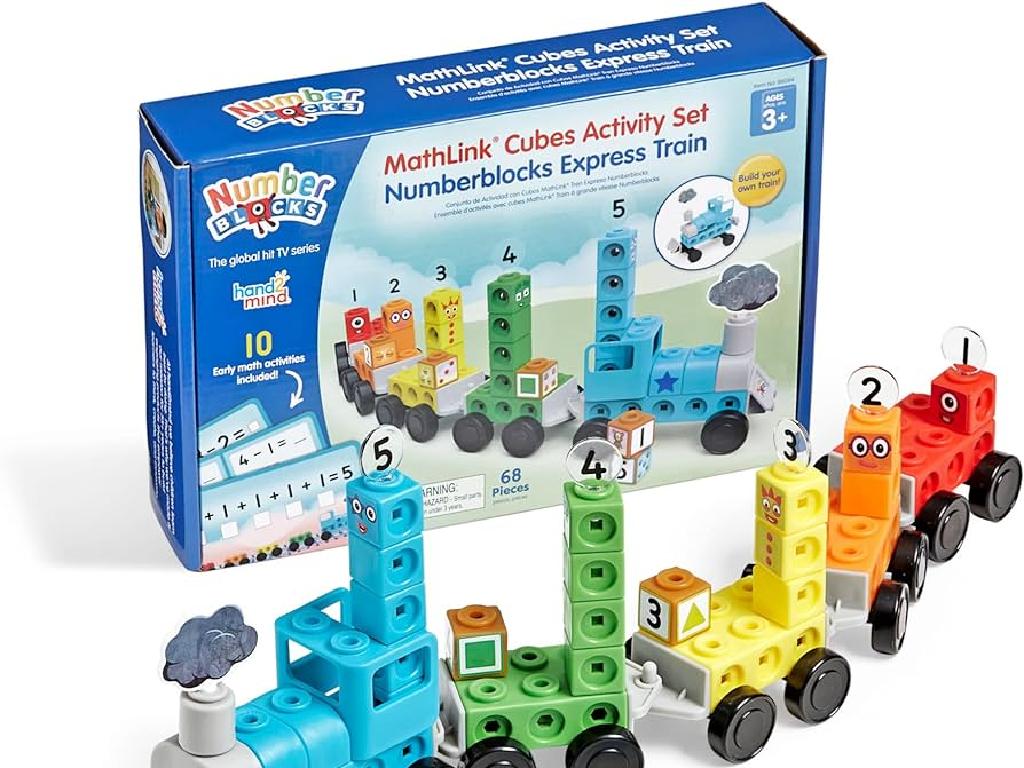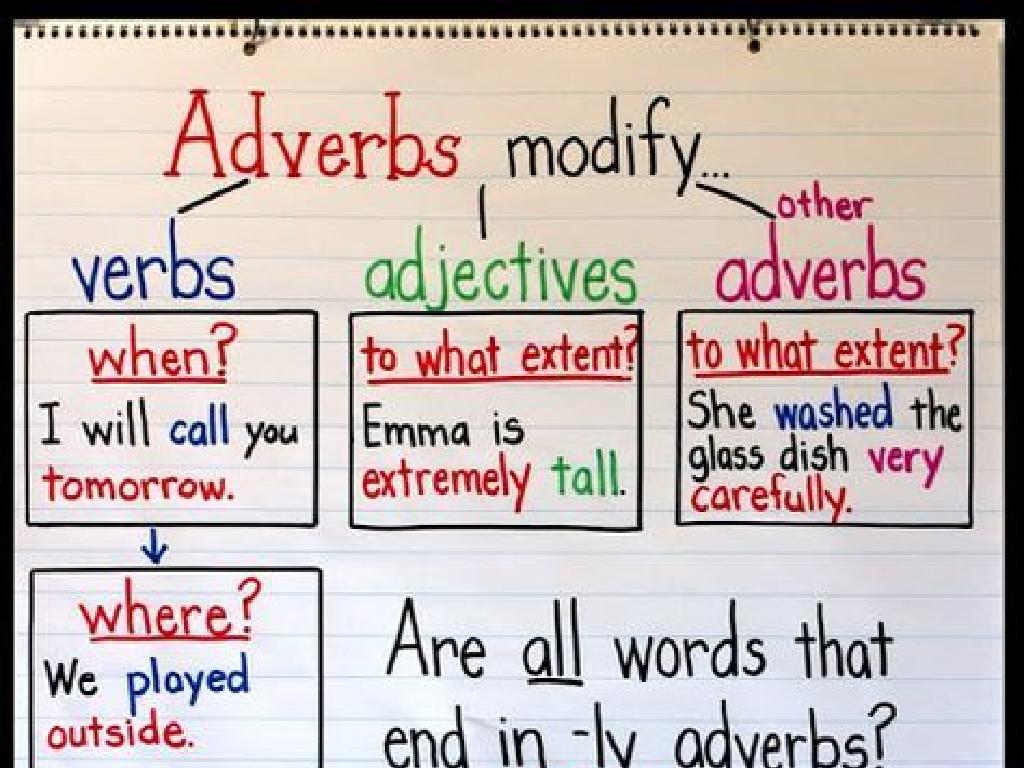The Civil War: The Beginning Of The War
Subject: Social studies
Grade: Seventh grade
Topic: The Civil War
Please LOG IN to download the presentation. Access is available to registered users only.
View More Content
Introduction to the Civil War: A Nation Divided
– Understanding the Civil War
– A conflict between the Northern and Southern states of the U.S.
– Key reasons for the conflict
– Disputes over states’ rights, slavery, and economic differences sparked the war
– Role of states’ rights
– The debate over the power of individual states versus the federal government
– Impact of slavery and economy
– Slavery’s moral and economic implications caused deep rifts between regions
|
This slide introduces students to the Civil War, emphasizing the division it caused in the nation. It’s crucial to explain that the war was rooted in complex issues, including states’ rights, where Southern states felt their rights were being overpowered by federal laws. Slavery was a central issue, with moral opposition in the North and economic reliance in the South. Economic differences also played a role, as the industrial North and the agricultural South had different needs and interests. This introduction sets the stage for a deeper exploration of the causes of the Civil War and its profound impact on American history.
The Union and the Confederacy: A Nation Divided
– The U.S.: A divided country
– The Union: The Northern states
– Comprised of states that opposed slavery
– The Confederacy: The Southern states
– Consisted of states that supported slavery
– Impact on the nation
– Division led to conflict and the Civil War
|
This slide introduces students to the fundamental division within the United States that led to the Civil War. It outlines the geographical and ideological split between the Northern states, known as the Union, which were against the expansion of slavery, and the Southern states, known as the Confederacy, which were in favor of maintaining and expanding slavery. This division had profound social, economic, and political impacts, ultimately leading to the outbreak of the Civil War. It’s crucial for students to understand the reasons behind the split and how it shaped the country’s history. Encourage students to think about how differences in beliefs and economies can lead to conflict on a national scale.
The Spark of the War: Fort Sumter
– Attack on Fort Sumter ignites war
– Confederate forces fired on the Union garrison, starting the Civil War.
– Lincoln’s stance on secession
– Lincoln declared secession illegal and vowed to preserve the Union.
– Mobilization of Union troops
– The North rallied troops to respond to the Southern aggression.
– Confederacy calls for soldiers
– The South summoned volunteers to defend against Northern forces.
|
This slide introduces the pivotal events that led to the outbreak of the American Civil War. The attack on Fort Sumter, a Union fort in South Carolina, marked the beginning of open hostilities between the North and South. President Abraham Lincoln’s refusal to recognize the secession of Southern states and his call to preserve the Union prompted both sides to muster their armies. Emphasize the significance of these events in escalating the conflict and how they served as a rallying point for both Union and Confederate forces. Encourage students to consider the perspectives of both sides and the complex motivations behind the call to arms.
Major Figures in the Civil War
– Abraham Lincoln’s role
– Lincoln led the U.S. through its Civil War and worked to end slavery.
– Jefferson Davis’ leadership
– Davis served as the first and only President of the Confederate States.
– Ulysses S. Grant’s strategies
– Grant was a key Union general who won crucial battles.
– Robert E. Lee’s tactics
– Lee was a respected general for the Confederacy, known for his battle skills.
|
This slide introduces students to the key leaders and generals of the Civil War, highlighting their roles and contributions. Abraham Lincoln, as the President of the United States, aimed to preserve the Union and abolish slavery. Jefferson Davis led the Confederate States in their fight for secession. Ulysses S. Grant, a prominent Union general, was instrumental in securing Union victories, while Robert E. Lee’s military prowess was a significant asset to the Confederate forces. Encourage students to explore the motivations and actions of these figures, and how their leadership shaped the course of the war. Discuss the impact of their decisions on the outcome of the war and on American history.
Life During the Civil War
– Daily life impacted by war
– Shortages, inflation, and disrupted routines affected families.
– Roles of soldiers vs. civilians
– Soldiers fought while civilians supported the war effort at home.
– Technology’s role in warfare
– Telegraphs, railroads, and ironclad ships changed combat.
– Adapting to wartime changes
|
This slide aims to give students a glimpse into how the Civil War affected people’s everyday lives, both on the battlefield and at home. Discuss how the war led to shortages of goods, inflation, and changes in daily routines. Highlight the different responsibilities of soldiers and civilians, with soldiers engaging in combat and civilians providing support through various means. Explain the significance of technological advancements like the telegraph, which improved communication, railroads for troop movements and supply distribution, and ironclad ships that introduced a new era in naval warfare. Encourage students to think about how these changes might have felt for people living through them and to consider the adaptability of humans in times of conflict.
Role-Play Debate: Union vs. Confederate Perspectives
– Divide into Union and Confederate groups
– Present your side’s arguments
– Understand different historical viewpoints
– Why is it important to see both sides of a story, especially in history?
– Reflect on the debate’s importance
– How does understanding different perspectives help us learn about the Civil War?
|
This class activity is designed to engage students in the study of the Civil War by having them role-play a debate as Union and Confederate supporters. By dividing the class into two groups, students will delve into the historical arguments and perspectives of each side. This activity encourages critical thinking and empathy as students explore the complex motivations and beliefs of the people involved in the war. It’s crucial to emphasize the importance of understanding different viewpoints to gain a comprehensive understanding of history. Teachers should prepare a list of key points for each side to help guide the debate and ensure a balanced discussion. Possible activities include preparing speeches, creating propaganda posters, or writing a persuasive essay from their assigned perspective.






